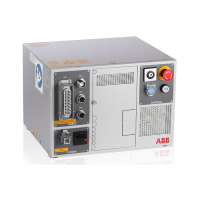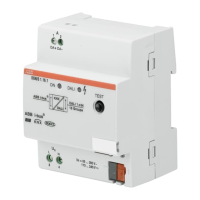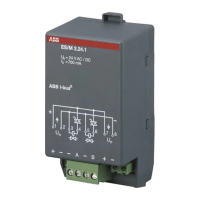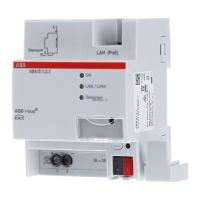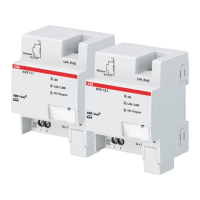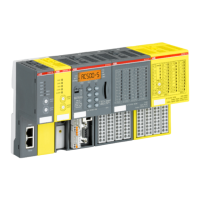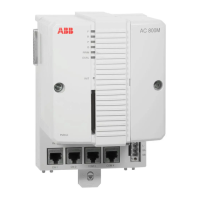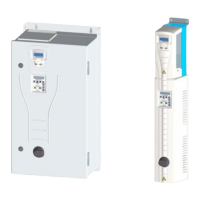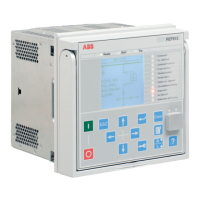2 Machine Synchronization
2.8.1. Supervise movement
713HAC18154-1 Revision: F
© Copyright 2004-2008 ABB. All rights reserved.
2.8 Supervision
2.8.1. Supervise movement
Introduction
The supervision can be used to save cycle time when robot moves outside the mold or press.
Instead of waiting to be outside the machine to enable close mold the robot enable close mold
when it starts to move outside the mold after picking the part.
The supervision can stop the mold if it comes too near the robot by setting the output signal
defined by the system parameter Sync Alarm signal.
SupSyncSensorOn is used to supervise the movement of the robot with the mold or press.
Usually supervision is used until the robot is moved outside the mold or press. With
supervision it is possible to turn off the synchronization and turn on supervision when a
workpiece is dropped or collected in the molding machine.
SupSyncSensorOn protects the
robot and machine from damaging.
Supervision does not deactivate the synchronization.
Example
For the case you cannot move the sensor to defined position you have to set the external axis
value in your rapid program
p10.extax.eax_f:=sens10;
p20.extax.eax_f:=sens20;
p30.extax.eax_f:=sens30;
WaitSensor Ssync1;
MoveL p10, v1000, fine, tool, \WObj:=wobj0;
SupSyncSensorOn Ssync1, 150, -100, 650\SafetyDelay:=0;;
MoveL p20, v1000, z20, tool, \WObj:=wobj0;
MoveL p30, v1000, fine, tool, \WObj:=wobj0;
SupSyncSensorOff Ssync1;
Sens10
is the expected position of the machine (model of the machine movement related to
robot movement) when robot will be at
p10 and sens20 is the expected position of the
machine when robot will be at
p20.
The supervision will be done between the sensor position 650 and 150 mm and triggers the
output if the distance between the robot and the mould is smaller than 100 mm.
Safetydist (in this case -100) is the limit of the difference between expected machine
position and the real machine position. It must be negative, i.e. the model should always be
moving in advance of the real machine. In the case of decreasing machine positions the limit
must be negative corresponding to maximum negative position difference (and minimum
advance distance). In the case of increasing machine positions the limit must be positive
corresponding to minimum positive position difference (and minimum advance distance).
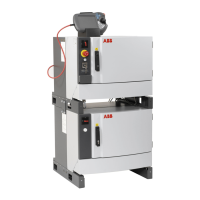
